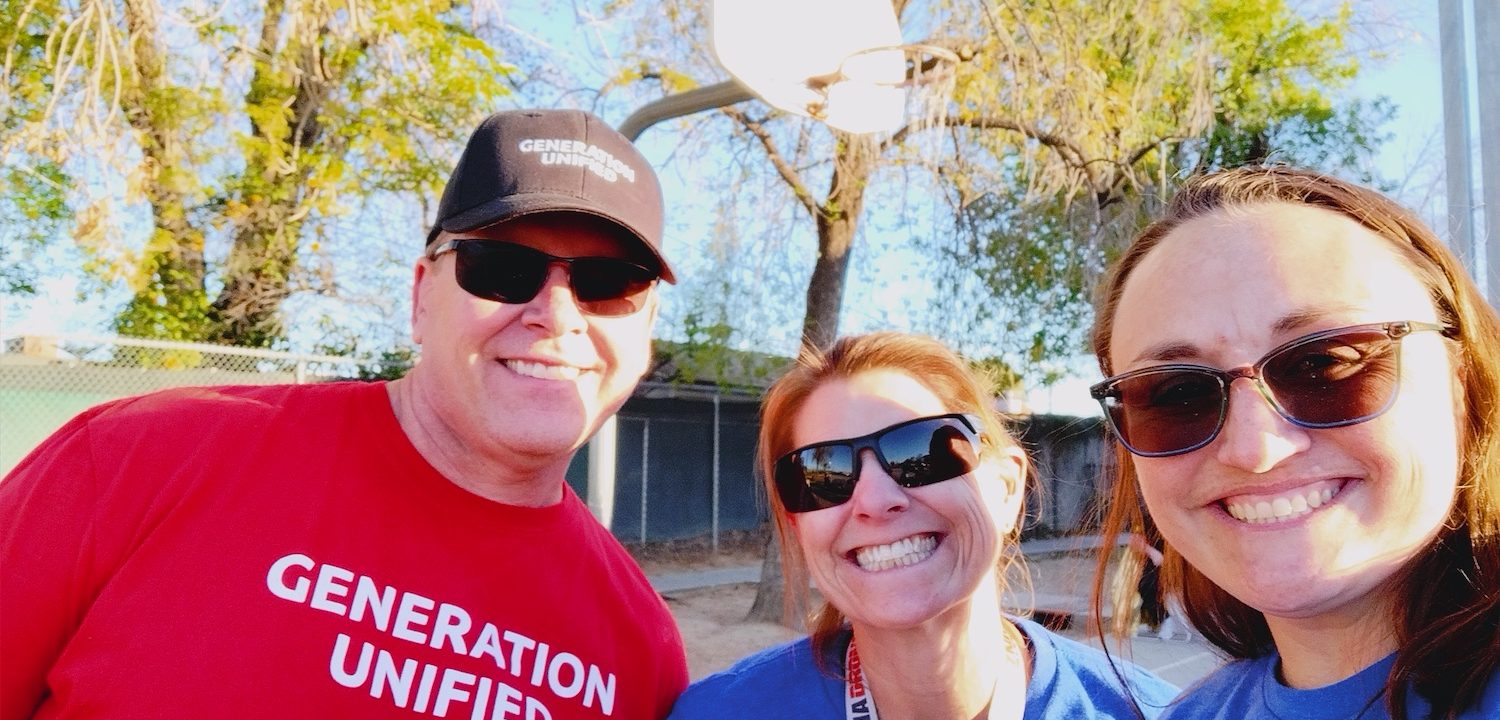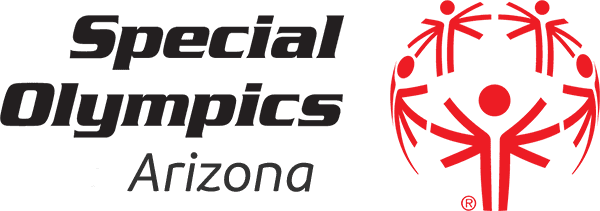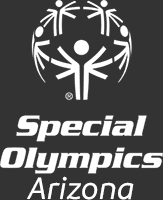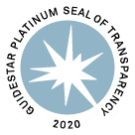
Treatments for Apert Syndrome
Treatments for Apert Syndrome
Apert syndrome is a rare genetic disorder characterized by distinct physical features that intricately touch the skull, face, hands, and feet. While there is currently no cure for Apert syndrome, a spectrum of treatments exists, each striving to alleviate the associated symptoms and elevate the quality of life for those navigating this intricate genetic landscape. The Special Olympics AZ team is providing a background on the diverse treatments available for Apert syndrome, encompassing craniofacial interventions and delving into the realm of medications.
Craniofacial Treatments
The symptoms of Apert syndrome are caused by the abnormal connections between bones that occur during fetal development, and the abnormally fused skull bones account for a large number of these symptoms. Craniofacial treatments often involve surgery and other treatment options that aim to correct the abnormally fused skull bones and reduce symptoms and issues associated with the malformed skull.
Craniosynostosis Release
At the heart of Apert syndrome lies craniosynostosis, a phenomenon where the skull bones prematurely intertwine, shaping an abnormal head structure and distinct facial features. Enter craniosynostosis release, a meticulously orchestrated surgery crafted to rectify this intricate puzzle. Surgeons delicately liberate the entwined bones, allowing individuals to begin to develop unhindered skull growth. Craniosyntosis release not only enhances aesthetics but also breathes functionality back into the intricate contours of the skull.
Midface Advancement
The journey through Apert syndrome often encounters midface retrusion, a scenario where the middle face falls into the shadows of underdevelopment. In response, midface advancement is another surgical procedure that may be performed on individuals with Apert syndrome, allowing doctors to reposition the bones of the midface to craft a more normal position for the bones. This transformative procedure goes beyond the surface, creating enhanced facial symmetry and also enhancing the functionality of the face. Corrective surgery may be needed in some individuals, especially if the midface advancement surgery is done at a young age. It is typically performed between the ages of 4 and 12.
Hypertelorism Correction
Hypertelorism, characterized by an expansive distance between the eyes, is another common symptom found in individuals with Apert syndrome that is attributed to the abnormal cranial fusing that occurs during fetal development. The solution lies in surgical correction, a meticulous endeavor to draw the eyes closer together. This intervention not only reshapes the visual aesthetics but also restores functionality to the eyes and their surroundings, allowing individuals to have a more normal eye structure and be able to see better.
Hand (Syndactyly) and Foot Treatments
The signature of Apert syndrome often manifests in syndactyly, a fusion of fingers and toes, creating a labyrinth within the hands and feet. Enter the realm of surgical interventions, a hopeful treatment that can often allow individuals to regain function in their fingers and toes. Surgical correction of syndactyly often involves a series of surgeries starting at a young age that begin to separate the soft tissues between the fingers and apply skin grafts to the separated fingers. Additional procedures may occur to straighten or lengthen the fingers later, as a child ages. Apert syndrome may cause a decrease in grip strength, but many individuals who receive treatment for syndactyly experience good hand function throughout their lives.Â
Medications & Other Treatments
Beyond the surgical stage, a diverse ensemble of medications and treatments takes center stage, addressing specific facets of Apert syndrome:
Orthodontic Treatments: Orthodontic interventions emerge as a key player for individuals with Apert syndrome, combating common dental challenges that can arise from the craniofacial abnormalities intertwined with Apert syndrome.
Speech Therapy: Individuals with Apert syndrome often benefit from speech therapy, which helps particularly when navigating challenges rooted in the structure of the mouth and palate. Speech therapy, along with other therapies, can be beneficial for individuals to learn what adaptations they can make to speak regularly despite craniofacial difficulties.Â
Occupational Therapy: Occupational therapy visits can be greatly beneficial to individuals with Apert syndrome, especially after hand separation surgeries. Therapists can help provide examples of endeavors to elevate hand function, resonating through the daily activities of an individual.Â
Is There a Cure for Apert Syndrome?
While there are a number of treatments that can alleviate the strain Apert syndrome can put on an individual’s life, the lingering question remains: Is there a cure for Apert syndrome? The current script reveals no conclusive remedy, yet the saga of medical research and technological advances continues to unfold. In this ever-evolving narrative, early interventions stand as one of the most life-changing treatment options, specifically surgical procedures to confront craniosynostosis and syndactyly. These interventions emerge as catalysts, wielding the power to shape the trajectory of long-term well-being for those navigating the intricate corridors of Apert syndrome. Comprehensive care is a multidisciplinary tapestry, with surgeons, orthodontists, speech therapists, and occupational therapists weaving their expertise into the narrative. This collaboration among healthcare specialists and emotional support systems aspires to unravel the diverse challenges embroidered within Apert syndrome, striving to optimize the overall health and quality of life for each individual and their families.
While a definitive cure for Apert syndrome remains elusive, a diverse array of treatments stands as beacons, guiding individuals through the labyrinth of symptoms and enhancing their well-being. The script of medical science continues to be written, offering glimpses of optimism and a deeper understanding of this rare genetic disorder. As we applaud the strides made thus far, the promise of a brighter future for those affected by Apert syndrome remains ever-present, echoing through the corridors of ongoing research and discovery.



